We should not be looking to future-proof, but maximise future returns: Shubhranshu Singh
Tata Motors, India’s largest commercial vehicle manufacturer, has actively pushed to reinvent narrative through engaging advertising, continuing influencer interaction, and complementary on-ground activations. It launched the well-received ‘Desh ke Trucks’ campaign in September 2022, which developed an overarching brand strategy for India’s best-selling truck platforms – Prima, Signa, and Ultra. With engaging, slice-of-life advertisements, the campaign aimed to highlight its cutting-edge trucks, innovations, expanded characteristics and features, digitisation, profitability, fuel efficiency, safety, better technology, connection, driver productivity, and cabin comfort.
Read More: Tata Motors ‘Desh ke Trucks’ campaign redefines storytelling for CVS
Tata Motors is preparing a five-part expansion after being encouraged by the reaction to the initial campaign. The first ad in this new content series highlights many comfort elements of Tata Motors trucks that improve driver efficiency. The second and third films emphasise the advantages of Tata Motors’ own linked telematics platform, Fleet Edge, which is designed for both fleet owners and drivers. With safety being a fundamental feature of Tata Motors vehicles, the fourth and fifth advertisements depict the use of Collision Mitigation System (CMS) and Lane Departure Warning System (LDWS).
Speaking about the responses they received for the previous campaign, Shubhranshu Singh, Vice President, Marketing, Commercial Vehicle Business, Tata Motors, said, “The response is absolutely heartwarming and fantastic. Our own dealer partners, channel partners, service centres, the hundreds of people in each product line, in each region – they have all been very enthused by the kind of portrayal we have done. The way the launch itself was done in a very different way as opposed to the usual norm in the auto industry, where there is a stage, content display, and then the vehicle comes out, that’s it, that’s the reveal. At the time we did this, there were 17 or 18 vehicles being showcased in the intermediate line and intermediate heavy commercial portfolio, therefore we did a full fashion parade of vehicles at the Jio Convention Centre. We made it seem like a passing parade with the audience seated on both sides, and with full entertainment and interspersed by thematic content.”
Elaborating further, he said, “The idea was that these are not vehicles, these are also powerful outputs of a program of innovation, collaboration, design of even art, all of that comes together in a beautiful truck or a machine being designed. We showcased it like a fashion statement, then the launch date itself set a record. There were more than 80,000 content viewers on the day of the launch and we trended India wide at the time of the launch.”
Earlier, it was very product centric, with a lot of brochure details, a lot of specification laid, Singh said, adding, “Now we are trying to do that as a slice-of-life human storytelling, done in a tongue-in-cheek, slightly humorous way, trying to create characters who tell the story and just bring the product alive via context being loud and upfront I think universally it has been well appreciated.”
Commenting on the focus market area for the campaign and Tata Motors, Singh said, “Tata Trucks historically has been a national player and is present in every place and in different segments, there are different markets of interest. With road construction happening across the country, so depending on where major projects are on, there will be greater demand, but by and large this is a national campaign and to be able to serve all our stakeholders and language groups as well, we have translated that into multiple languages, also tried to serve language suitable markets through using language platforms, language social media, and including language TV channels and print. For example, in the states of Andhra Pradesh and Telangana, they have a unique period called the APTS cycle, where the bulk of the purchase gets done in this period of time. We are invested there through a 360 degree campaign, which includes out of home, local print, television, and social media as well.”
Another initiative that Tata Motors has been running concurrently is working with national, regional and right down to nano influencers to tell the story of these products. So, for the longer tail on product ideas, product launches, comparison, etc., the vehicle manufacturer is partnering with significant influencers, without not all being prescriptive about the editorial style, so that, that can be brought out and there is a large followership. “We want whatever our product holds from our perspective to be played out by these influencers for their respective followers. That’s also something that’s concurrently being done,” he informed.
Sharing on how influencers were selected for this campaign, and the parameters for the same, Singh explained, “We have partnered with an agency that helps us to select them programmatically in the sense that we look at the leaderboard on followers, who is creating the kind of content, who is more invested in the kind of genres we are looking to explore, what are the views per video and what are the engagements, and after we have made that shortlist, and looked at their credibility from a content curation point of view, that is when we go out and mediate the platform or the influencer and they help us to create more content around our offerings.”
About Tata Motors future-proofing its marketing strategy, Singh shared, “Undoubtedly, the period of the pandemic was a major disruption for everybody and not just for us. Naturally, being the largest players, we were impacted. Large parts of our business came to a grounding halt. There were other parts of the mix, which, however, also show a positive upswing. For example, e-commerce deliveries became very big in this period of time, and that habit has grown subsequently across India. So, last mile delivery that happens within cities by major players like Amazon, Flipkart, etc., that went through a major expansion, and we have got more than our fair share and we are beneficiaries of that, with products like the Ace, Intra, Yoddha, that are present in the mini trucks, small pickups and large pickups range.”
Adding further, he said, “We watch the microeconomic variables very closely. For the last several months, the macroeconomic indicators are also above the level of pre-pandemic, so there should be headroom for growth ahead. There are supply chain issues that crop up from time to time, everybody knows about the issues that the industry faces, but by and large I would say there is no hesitation or referral on account of Covid, I think they were going about purchasing as if it was business as usual. We should not be looking to future-proof, we should be looking to maximise the future returns. And that’s exactly what we are doing in the ‘Desh Ke Trucks’ campaign. It is also one part of that – to tell people about our offerings, the superior product portfolio, and to tell people that we design better, we make better, we test better, we serve better, and get more of their business.”
Continuing further on the projections and expectations for the year ahead, Singh shared, “We are committed to look at retail related growth, we are looking at retail market share, our management has gone to analysts, and to the public at large and we have explained looking at Vahan market shares, and therefore market share growth is a very important achievement that we are chasing, naturally that will come on the back of volume growth that is faster than industry growth. As a marketing team, we are committed to providing very engaging content, various commitments on the part of the consumer interest, and then converting into action. We are looking to do more and more with our new as well as established products, gaining both mindshare and market share.”


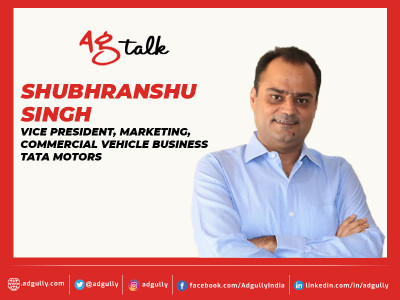





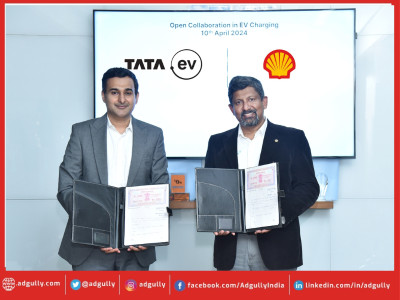


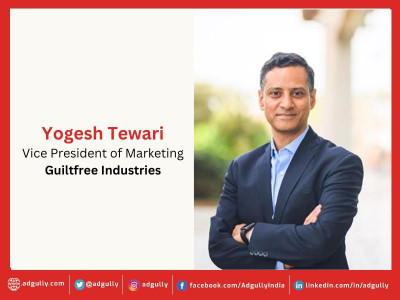
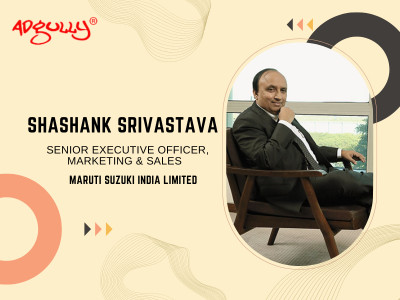
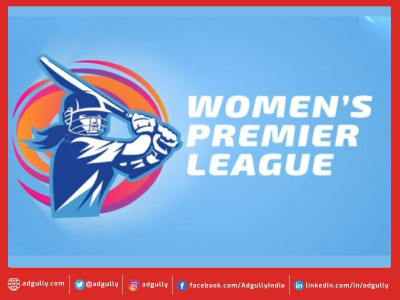
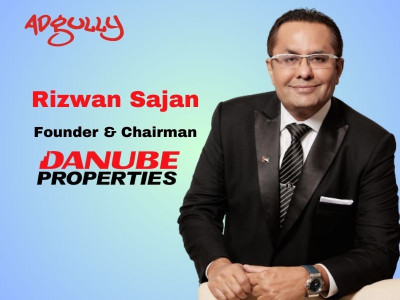


Share
Facebook
YouTube
Tweet
Twitter
LinkedIn